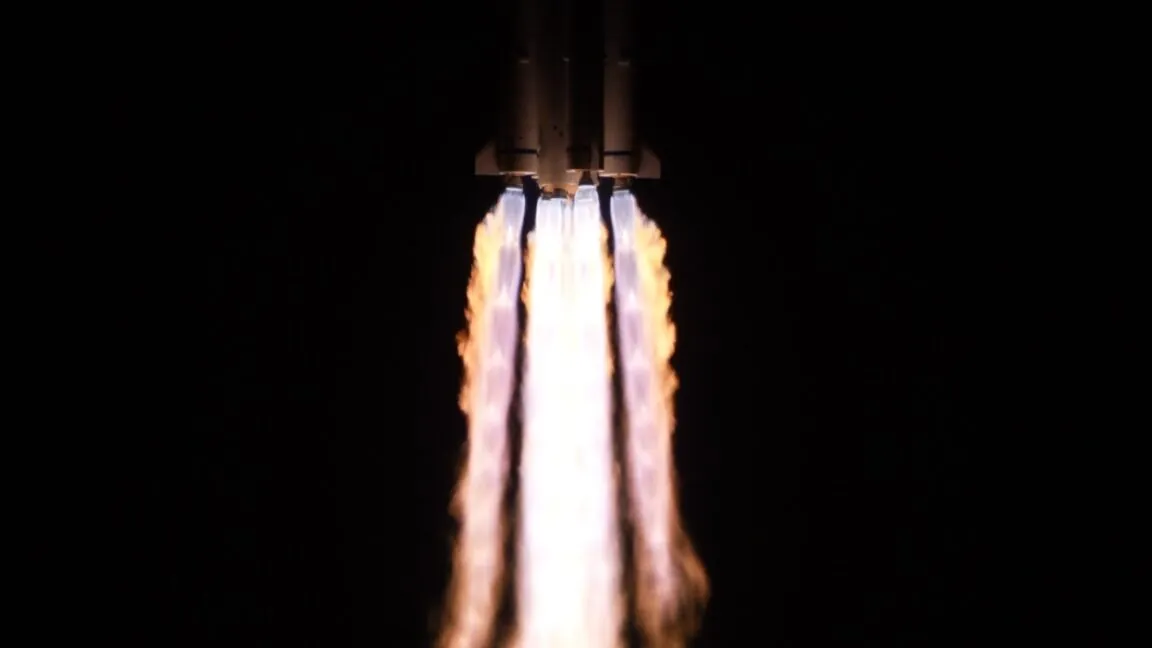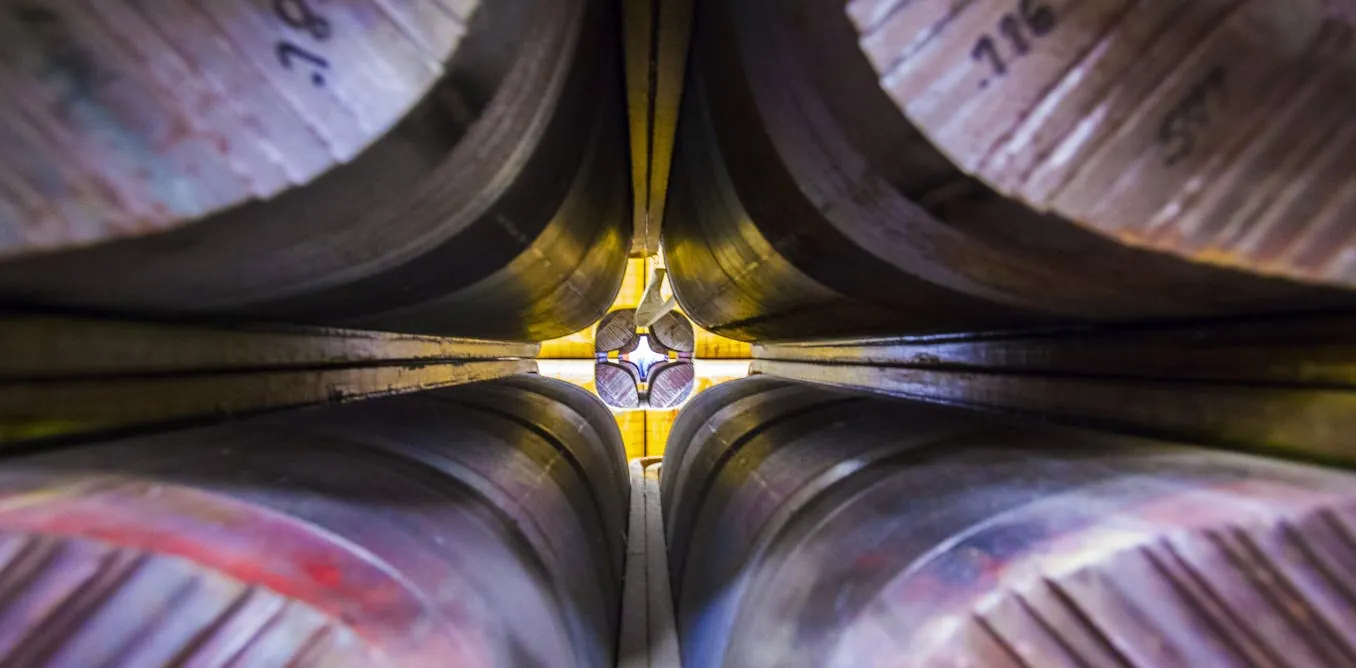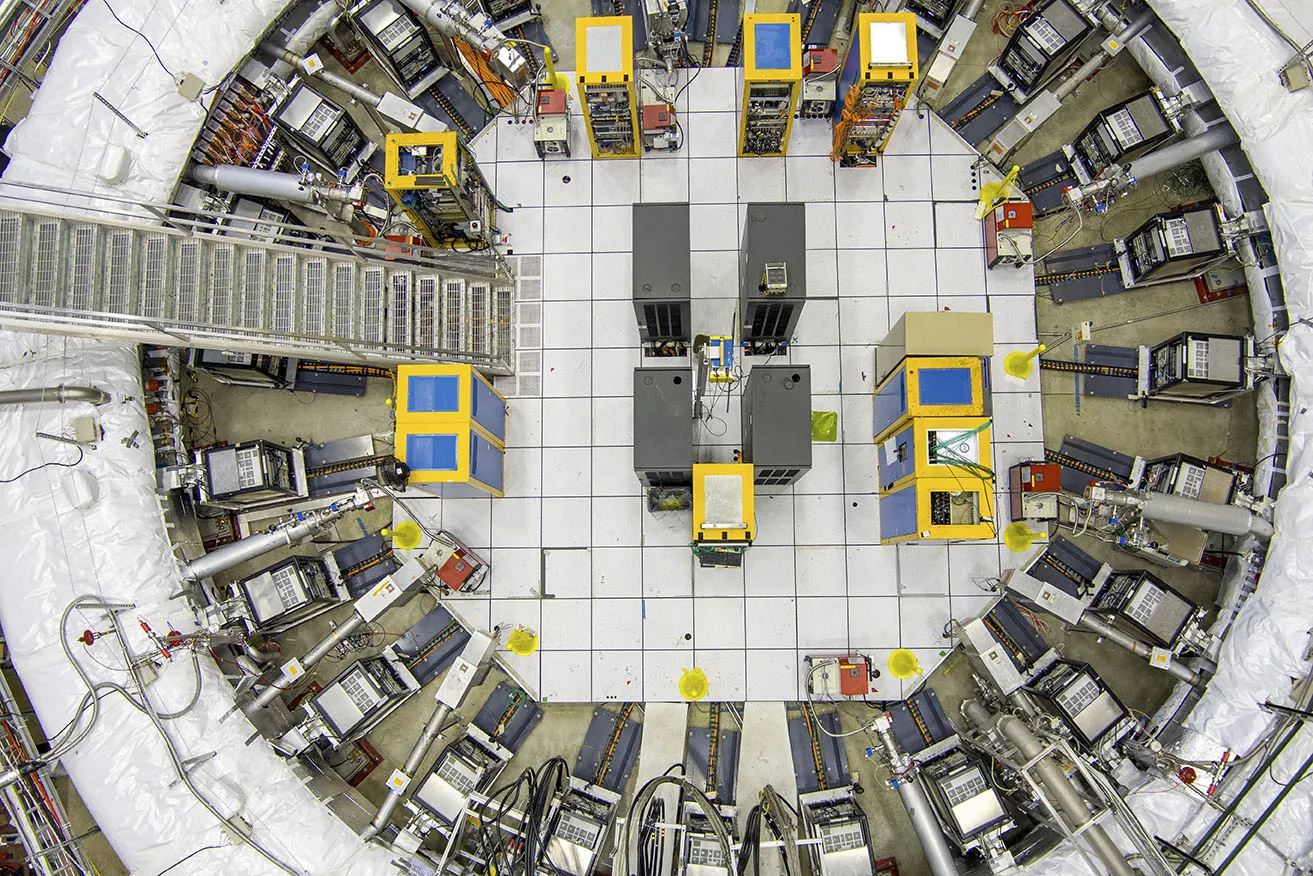This mission, designated Tianwen-2, follows the Tianwen-1 mission, which became the first Chinese spacecraft to land on Mars in 2021.
Japan’s Hayabusa 2 asteroid sample return mission lasted six years from launch through its return to Earth, while NASA’s OSIRIS-REx mission made the trip to an asteroid and back in seven years.
After Tianwen-2, China will again go to Mars with the Tianwen-3 sample return mission, slated for launch in 2028.
At the same time, NASA’s plans for a Mars Sample Return mission are faltering.
In planetary science, the White House’s budget blueprint calls for canceling a joint US-European Mars Sample Return mission and several other projects, including the DAVINCI mission to Venus.
From a military-run spaceport in the mountainous interior of the country, a Chinese spacecraft designed to gather samples from an uncharted asteroid and bring them back to Earth successfully launched Wednesday.
The second mission in a series of Chinese probes to explore the Solar System began at 1:31 pm EDT (17:31 UTC) with liftoff aboard a Long March 3B rocket from the Xichang launch base. Tianwen-1, the first Chinese spacecraft to land on Mars in 2021, is followed by this mission, Tianwen-2.
Shortly after launch, Chinese officials confirmed that the 2.1-metric-ton Tianwen-2 spacecraft unfurled its fan-shaped solar arrays, signaling the beginning of an auspicious ten-year tour of the Solar System.
Tianwen-2 has two goals for China. Initially, Tianwen-2 will travel to 469219 Kamoʻoalewa, also known as 2016 HO3, a near-Earth asteroid. Once there, the spacecraft will collect a sample of rock from the surface of the asteroid and return it to Earth in late 2027 for laboratory analysis. Following the release of its sample carrier for Earth’s landing, Tianwen-2 will alter its trajectory and travel to an enigmatic comet-like object situated between the orbits of Jupiter and Mars.
After China has successfully completed two sample retrieval missions to the Moon, Tianwen-2 will be the first Chinese spacecraft to return with celestial material from beyond the Moon. China’s space program is currently leading the world in lunar exploration in the twenty-first century, at least temporarily, thanks to its lunar exploits.
One and two.
However, China’s space program is not as advanced as the US in terms of Solar System exploration. While the European Space Agency has orbited a comet, NASA and Japan’s space agency have previously returned samples from asteroids. A single mission will be used by Tianwen-2 to try to accomplish both.
At less than 60 meters (200 feet) in diameter, the asteroid chosen for Tianwen-2 is thought by scientists to have been formed from debris that was thrown off the Moon at some point in its distant history. The findings of Tianwen-2 might support that theory.
For a sample return mission, the asteroid Kamoʻoalewa is a special target. The asteroid’s orbit around the Sun closely resembles that of our planet, making it a “quasi-satellite” of Earth. Due to this, Kamoʻoalewa remains reasonably close to Earth all year long, which makes it a desirable location for a sample return mission.
For this reason, Tianwen-2’s round-trip trip to the asteroid Kamoʻoalewa will only take two and a half years. While NASA’s OSIRIS-REx mission traveled to and from an asteroid in seven years, Japan’s Hayabusa 2 asteroid sample return mission took six years from launch to return to Earth. Both went to near-Earth asteroids farther away than Kamoʻoalewa, where Tianwen-2 is scheduled to land in July 2026 and begin looking for a place to collect samples.
Tianwen-2 will attempt to gather samples in a number of ways. One approach will be to move the spacecraft in close proximity to the surface, align the asteroid’s rotation, and then use a robotic arm to collect samples. In a similar manner to how NASA’s OSIRIS-REx and Japan’s Hayabusa 2 spacecraft sampled their asteroids, the spacecraft will also descend to the asteroid’s surface for a “touch-and-go.”.
Another sampling technique called “anchor-and-attach,” in which the spacecraft fixes itself to the asteroid’s surface with four arms that have drills at their ends, is another one that scientists hope to test. Although the amount of material that Chinese officials hope to return to Earth has not been disclosed, Tianwen-2 is reportedly built to gather at least 100 grams of dust and rocks from the asteroid.
Although long-range measurements indicate Kamoʻoalewa rotates once every 28 minutes, which is comparatively fast for an asteroid, mission planners have little information about the asteroid’s shape. The object’s tenuous gravity and this spin rate will make Tianwen-2’s maneuvers close to the asteroid more difficult.
A reentry module containing fragments of Kamoʻoalewa will be released for landing in late 2027 after Tianwen-2 departs the asteroid in early 2027 after obtaining the samples. According to a paper published in the research journal Earth and Planetary Physics, scientists will examine the specimens to ascertain their fundamental physical characteristics, as well as their chemical, mineral, and isotopic compositions, textures, and structures.
The findings from the sample return will not only advance our understanding of asteroids, but they may also provide information about the Earth and the Moon, according to a paper written by four Chinese scientists.
The researchers write in the journal, “Verifying the origin of Kamo’oalewa, given its predominant provenance as lunar debris, could be a promising start to inferring the evolutionary history of the Moon.”. “This history most likely would include a more thorough examination of the far side of the moon and the cause of the asymmetry between its two sides. “.
Once the asteroid specimens are dropped off at Earth, the mothership of Tianwen-2, equipped with eleven scientific instruments, will begin the second phase of its mission. In the mid-2030s, the probe will make its next stop close to 311P/PanSTARRS, an asteroid belt mystery. This object belongs to a rare class of objects called main-belt comets or active asteroids, which are small worlds that resemble comets in their comas and tails but linger in orbits more frequently associated with asteroids. The first mission to see such an object up close will be Tianwen-2.
Entering the Solar System.
The Moon has been the primary focus of China’s space program as a place to conduct scientific research until the past few years. China’s space ambitions continue to center on the Moon, with the aim of landing a person on the moon by 2030. The nation is, however, also looking farther.
China made the second successful soft landing on Mars in 2021 with the Tianwen-1 mission. China will return to Mars with the Tianwen-3 sample return mission, which is scheduled for launch in 2028, following Tianwen-2.
So-called Tianwen, or “questions to heaven,” refers to China’s robotic Solar System exploration program. There is a chance that Tianwen-3 will be the first mission to bring back pure samples from Mars to Earth. NASA’s plans for a mission to return samples from Mars are also stalling.
China plans to launch Tianwen-4 in 2029 in order to reach Jupiter and circle Callisto, one of the planet’s four largest moons. China’s 2030s plan calls for a probe to Neptune, a Mars research station, and a mission to bring atmospheric samples back to Earth from Venus.
Spacecraft are currently at or en route to the Moon, Mars, Jupiter, a metal asteroid, and interstellar space. In the meantime, NASA has deployed spacecraft to investigate every planet in the Solar System. In 2028, the US plans to launch Dragonfly, another science mission, on a bold journey to Titan, Saturn’s moon.
NASA’s science division, however, is preparing for significant budget cuts that President Donald Trump has suggested. The White House’s budget plan for planetary science proposes to scrap the DAVINCI mission to Venus as well as a number of other projects, including a joint US-European Mars Sample Return mission.







